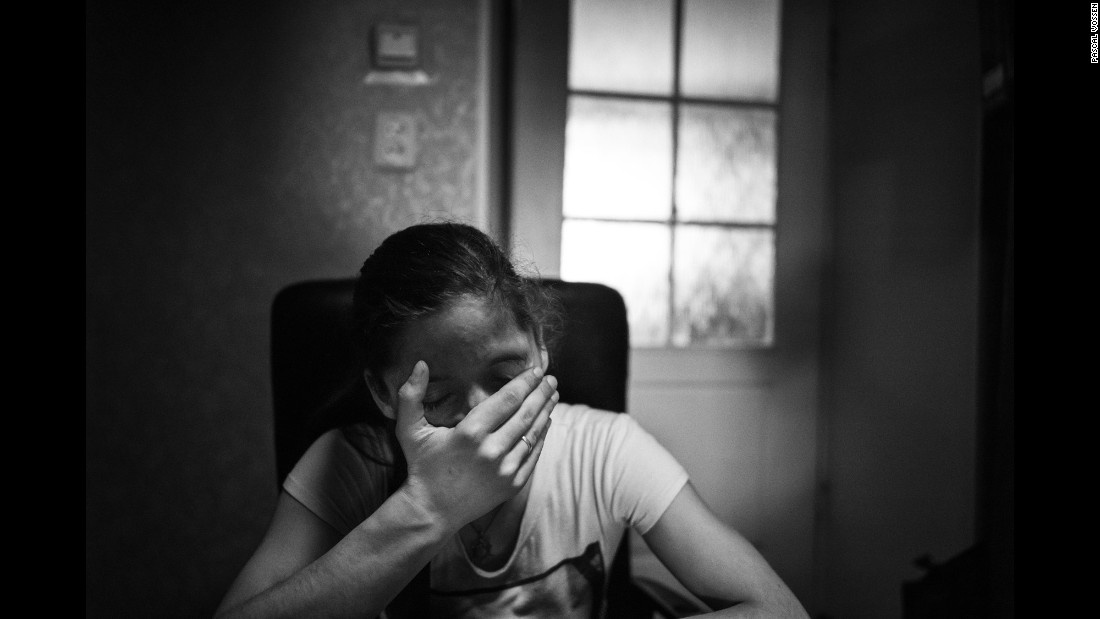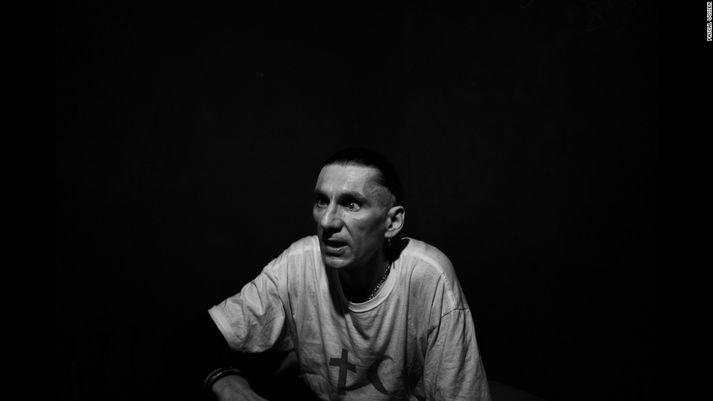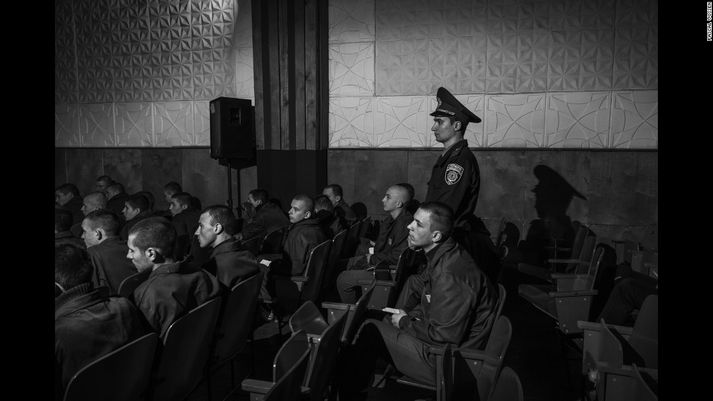A hidden epidemic in Ukraine
- Author:
- CNN

Standing by the door leading out to the balcony is 31-year-old Roman, busy filling his needle with methadone as he prepares to inject it into his groin. He won't inject into his arms, despite it being safer, as he can't let his family see his scars.
Roman collected his potion next door, where a range of drugs are made by his dealer -- predominantly methadone and the street drug krokodil.
His daily highs are made easier by this close proximity, and once his drug is injected Roman prefers to venture out onto the balcony to experience his elation with a view out to his city -- and down onto the police station also next door.
This floor of the abandoned building serves as a hidden "shooting gallery" where those marginalized from Ukrainian society come for their relief. As long as they stick to the rules -- and this floor -- no one gets in trouble.
"We realized there was a cozy network," said Nils Adler, a Swedish writer and journalist who, along with Dutch photographer Pascal Vossen, has been documenting the life of Ukraine's more vulnerable members of society. The pair said it spent the day witnessing this trio of drug dealers, users and policemen working as one to enable shooting up to take place in the high rise.
Roman's story is one of many that form part of Vossen and Adler's project, "HIV in Ukraine: A Nation in Relapse." Drug users represent one of many marginalized groups in the country that are at greater risk of contracting HIV than the rest of the population.
"Life in Kiev was going on as normal, but the people really struggling were the marginalized groups," Adler said. "(The HIV epidemic) was hard to show in statistics ... so we'd need photos to prove this."
Ukraine has one of the highest rates of HIV infection in Europe, according to the United Nations Program on HIV/AIDS. The country, and Eastern Europe as a whole, has seen high numbers of infections since the collapse of the Soviet Union -- and much of it has been driven by drug use. Data from 2009-2013 showed that among those who inject drugs in Ukraine, more than 20% of women and almost 20% of men were HIV-positive.
Up in the tower, Roman is one of many drug users in Ukraine who have come to rely on their highs to get them through each day. But he is somewhat lucky, as he has the help of Konstantin, his doctor, who stands nearby making sure he stays safe.
Konstantin -- a medic, social worker, bar owner and drug user himself -- works to ensure drug users in Kiev get tested regularly for HIV and take the necessary precautions to avoid becoming infected with viruses such as HIV and Hepatitis C. He himself is on treatment for the latter.
To reveal his battles, Konstantin brought Adler and Vossen to the underworld he ventures into on a regular basis, because government programs won't go there.
"It's an avoidable situation," said Adler, highlighting the benefits of substitution therapies and field programs to target those at most risk if they were made available.
The country had made some progress in reversing the epidemic until recent conflict with Russia and separatist groups left behind more than 1.4 million internally displaced people.
The nation is slowly rebuilding its infrastructure, but attention toward the health of those most vulnerable, such as drug users, sex workers, prisoners and communities on the borders, has been left to international organizations -- and rogue freelancers like Konstantin, particularly with regard to HIV.
Today, the face of the epidemic has transitioned to include not just these groups, but those having sex with them. In 2015, 72% of new HIV infections in Ukraine occurred through sexual transmission, and that same year the World Health Organization's Eastern European region reported the highest-ever number of new HIV infections in one year -- a statistic fueled by sexual transmission.
This was the case for Tatiana, whose husband died of AIDS in 2015. She contracted the virus from him and was diagnosed as positive in 2009. "She seems to live a very isolated life," said Adler about the apartment block and world that Tatiana lives in, facing stigma wherever she goes. "After her husband died, nobody wanted to help bury her husband."
As a mother of three, she fights to ensure her children don't face a future like hers. "She was a very strong woman," Vossen said, recalling the inner power emanating from an otherwise gaunt appearance.
These lives they witnessed, and the stigma each one faces, is what the pair highlight through their photographs in hope of advocating a greater response to the issue.
"This is just one example of (people being marginalized)," Vossen said. "It can happen in any situation."
Pascal Vossen is a Dutch photographer based in Sweden. You can follow him on Instagram and Twitter. Nils Adler is a Swedish journalist and can be found on Twitter as well.
By Meera Senthilingam, for CNN Photogallery






























